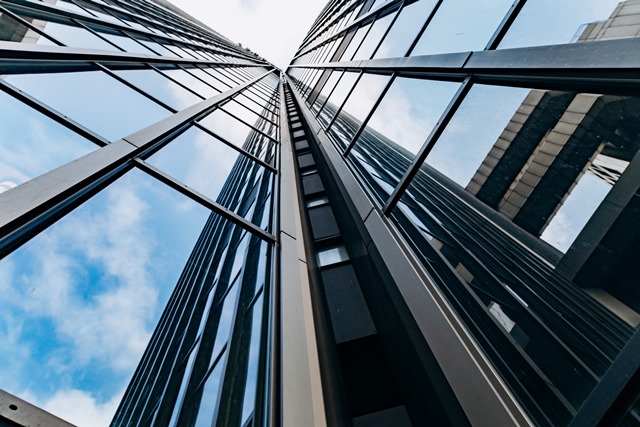Glass glazing is an integral part of many construction projects. It not only adds to the aesthetic appeal of a building but also helps to regulate temperature, provide insulation and improve soundproofing. Additionally, glass glazing can reduce energy costs by allowing for natural light during the day and minimizing heat transfer at night. In this blog post, we will discuss why glass glazing is so important in modern construction and what types are available on the market today.
Glass glazing has many benefits when used in construction. First, glass allows for natural light to enter a building, reducing the need for artificial lighting and saving energy costs. Second, glass is an effective barrier against heat transfer, meaning it can help regulate temperature and reduce cooling costs. Third, glass helps to improve soundproofing by creating an acoustic seal between the glass and the rest of the structure. Finally, glass glazing provides aesthetic appeal to a building, making it look more attractive and modern.
There are several types of glass glazing available on the market today. Low-e glass is designed to reduce heat transfer and has an ultra-thin coating that reflects infrared and ultraviolet light. Tempered glass is very strong and can withstand impacts better than regular glass, making it ideal for areas that are prone to vandalism or accidents. Laminated glass is composed of two layers of glass with a thin layer of plastic in between, providing additional strength and soundproofing benefits. Finally, tinted glass helps to reduce solar radiation and glare.
Glass glazing can be a great asset to any construction project, providing both aesthetic appeal and practical benefits. In addition to the glass types discussed above, there are many other glass glazing options on the market today, each with its own unique advantages. Ultimately, glass glazing is an important factor in creating an energy-efficient and aesthetically pleasing building – it’s worth considering for your next project!

